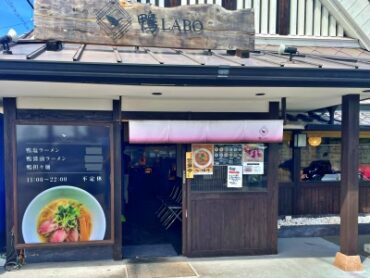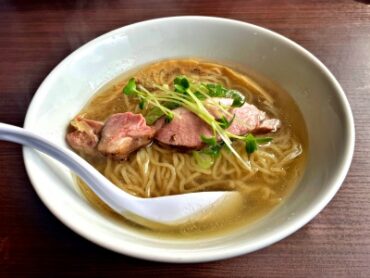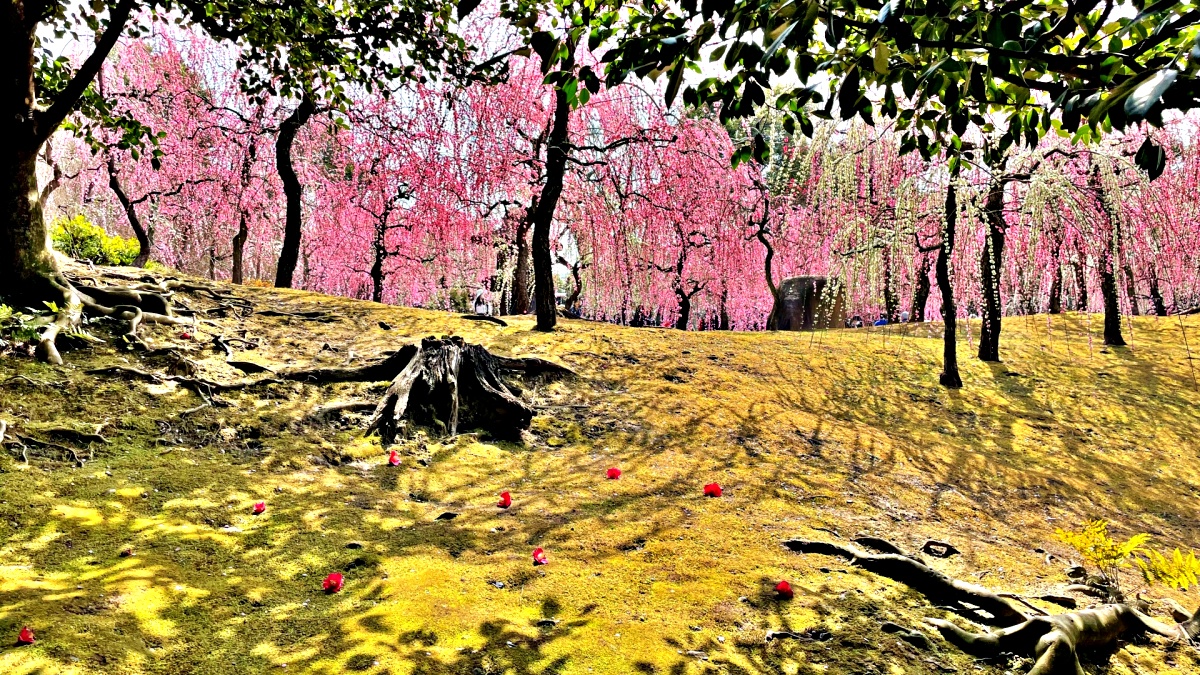Language:Japanese
At Jonangu in Kyoto, the “Weeping Plum and Camellia Festival” is held every year from mid-February to late March.
Today was a sunny spring day like yesterday’s cold, so my wife and I went to Seongnam Palace to see the “weeping plum”. So much so that the automatic air conditioner of the car set to 21°C becomes cool.
Weeping plum tree in front of “Shinyosha”
It is on the immediate right after entering through the torii gate of Jonangu Shrine.
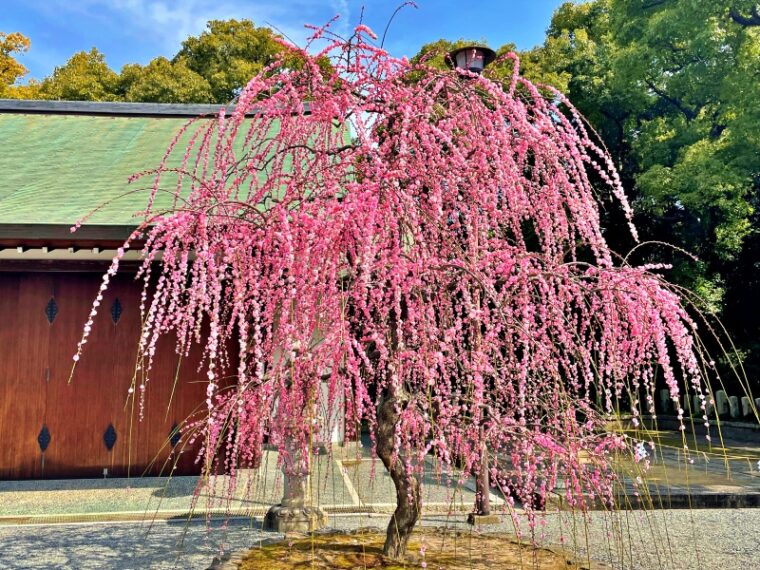
Even though it was a weekday, many people came to see the “weeping plums”, so I waited for about 10 minutes to enter the parking lot.
First of all, we visited the main shrine and then entered the “Shinen”, which is the main venue of the “Weeping Plum and Camellia Festival”. Then, even though you don’t know where the plum blossoms are, a sweet scent wafts in the air. Then, when I walked a short distance to the “Haru no Yama (Spring Mountain)”, I saw a beautiful view of the weeping plums in full bloom.
The scenery of the “Haru no Yama” where 150 weeping plum trees are planted is a masterpiece.
Weeping plums in Shinen “Haru no Yama (Spring Mountain)”
Camellias, weeping plums, three-leaf azaleas, etc., which bloom one after another, are said to have imitated the “Rokujoin” of the Light Source clan depicted in “The Tale of Genji” when Emperor Shirakawa built the Jonangu, and it is said that he created a palace that excelled in the scenery of the four seasons (spring mountains and autumn mountains), and is also called the “Garden of The Tale of Genji”.
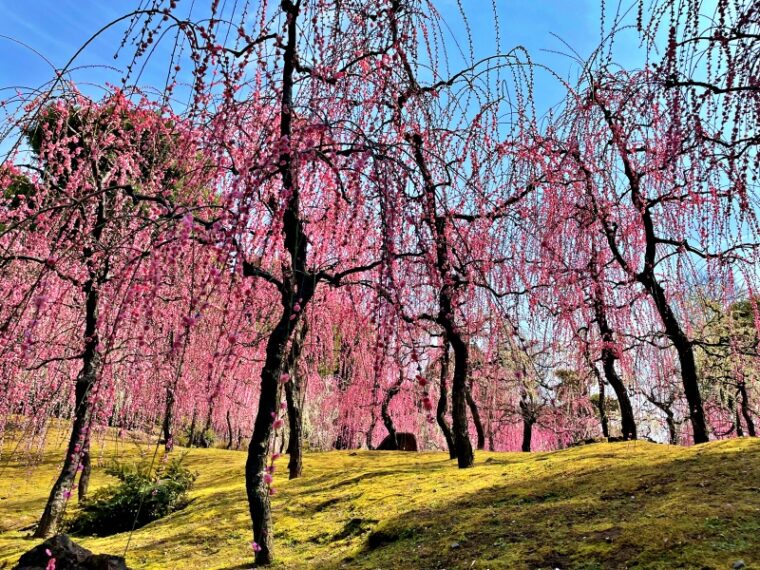
[Haru no yama] scenery of the 150 “weeping plums” in full bloom is a masterpiece
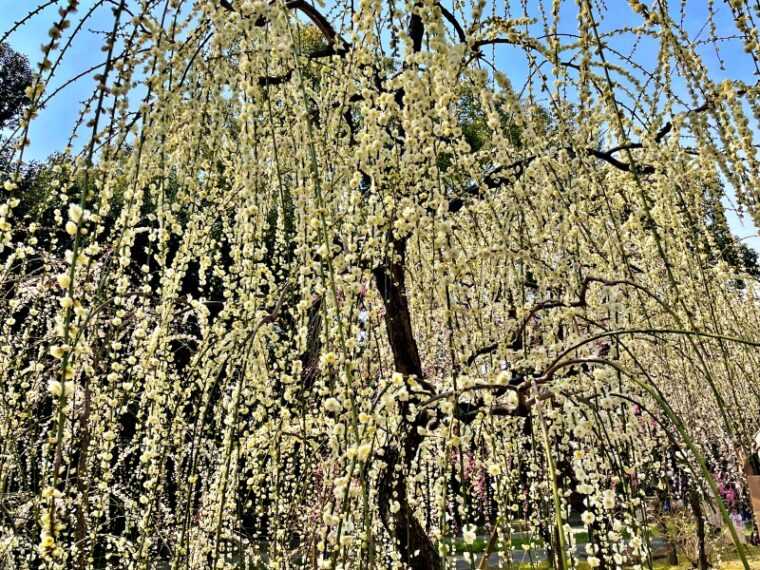
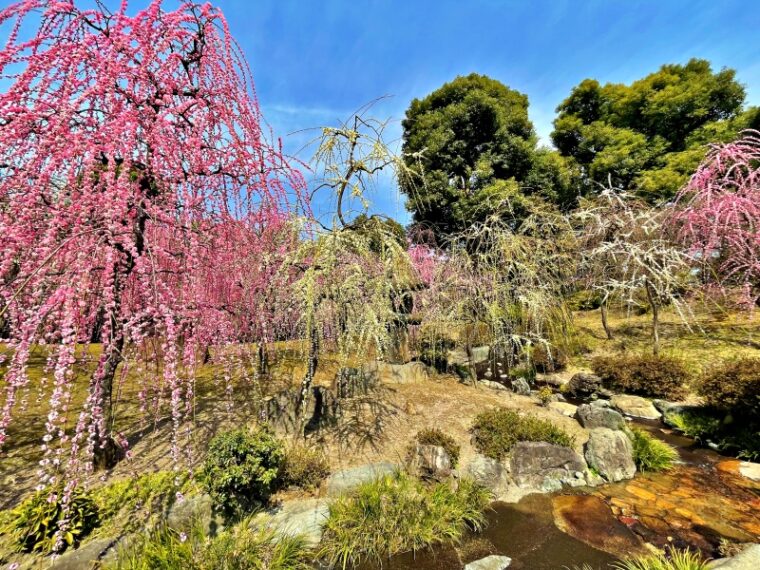
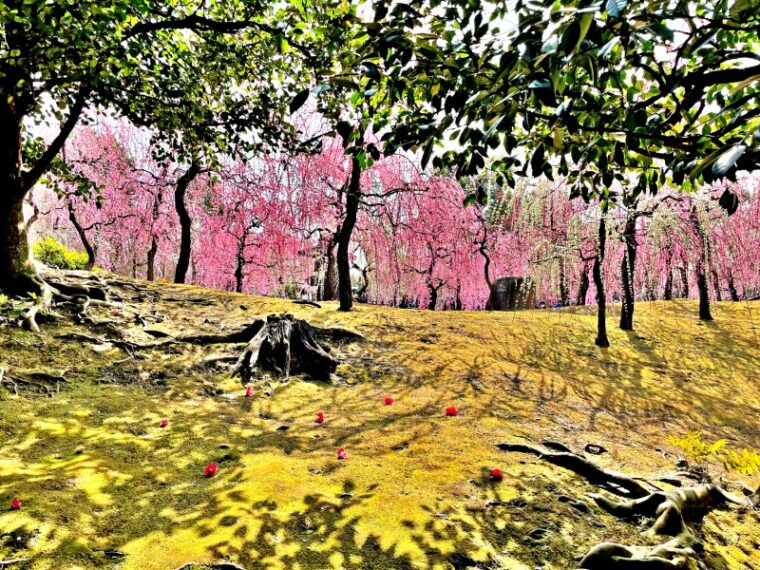
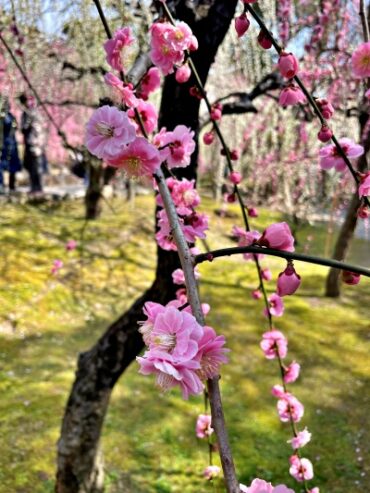
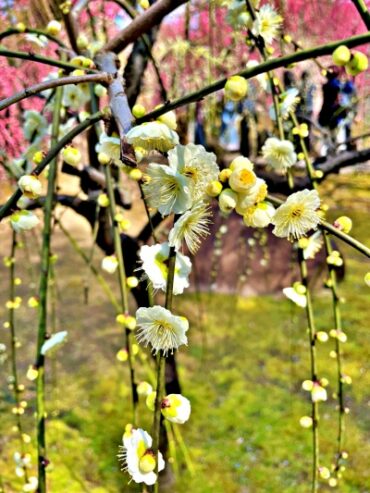
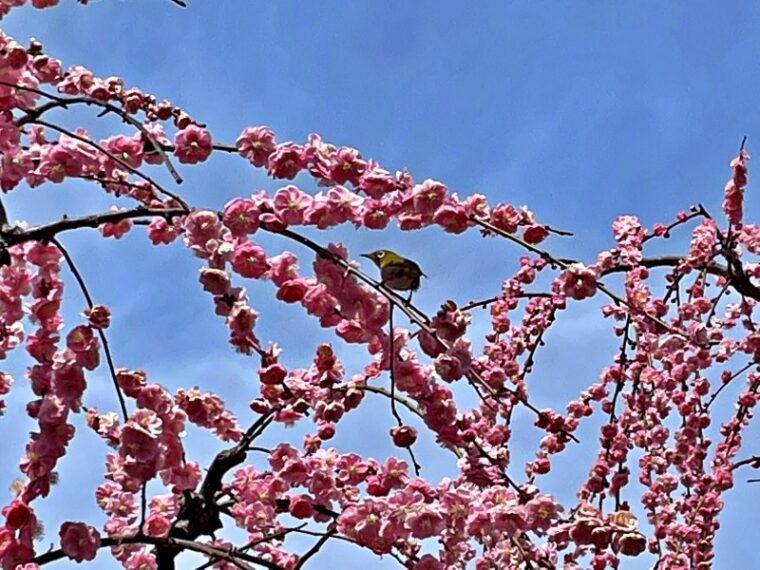
There is a “white-eye” on the plum branch.
Camellia in Shinen
From the entrance of the Shinen to the Garden of Heian, 400 flowers of 120 kinds Camellia flowers bloom one after another. The season is from September ~ the end of March, so it is almost the end of the season, but there were still many buds left.
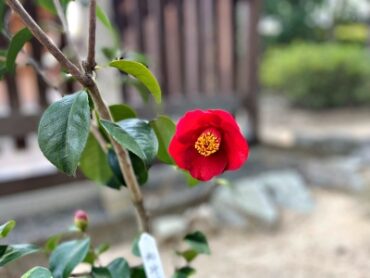

Is the camellia that has fallen on the moss a Jonan camellia? The well-maintained moss and the naturally spreading tree roots are beautiful. This scenery looks manmade, but it’s a great photo spot.
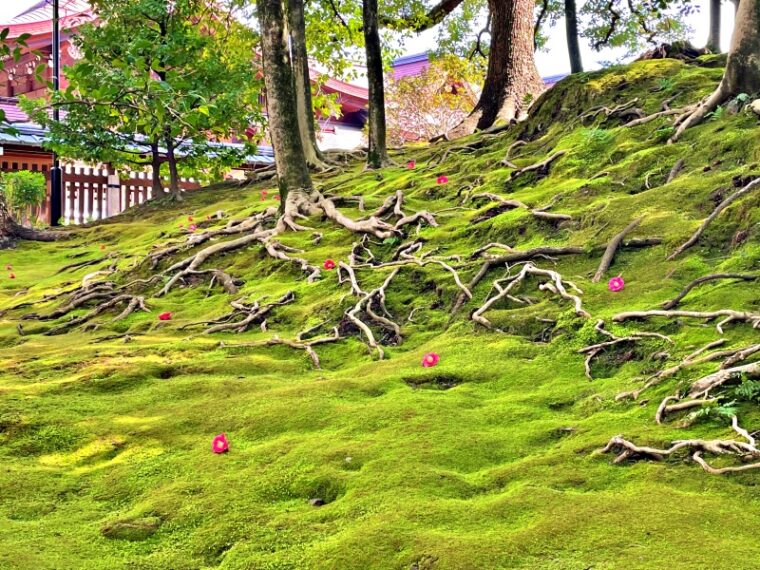
“Fallen camellia” that fell on the moss
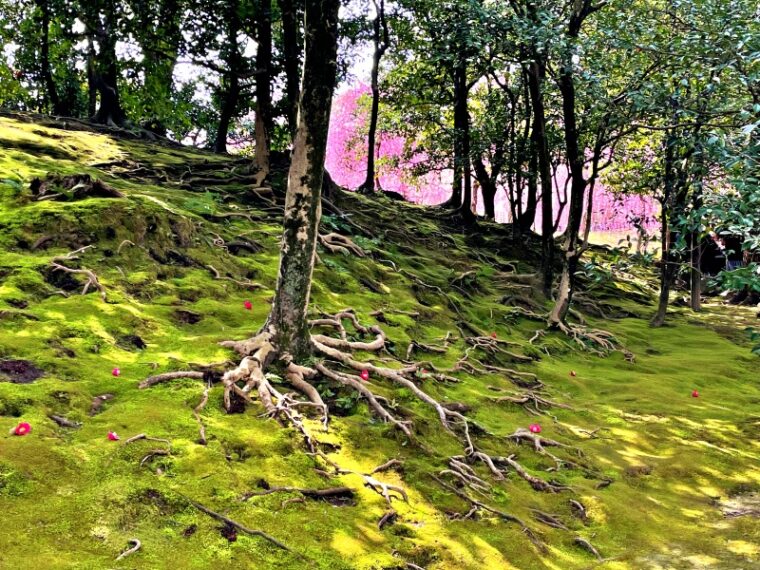
What you can see in the back is “weeping plum”
Shinen “Heian Garden”
In the “Heian Garden”, which was created in imitation of the garden of the Heian aristocracy’s mansion, bellflower, hagi, and tsuwabuki flowers bloom in autumn, and you can also see the autumn leaves of maples. And on April 29 (Showa Day), it is also the place where the event “Kyokusui no En” is held, which reproduces the singing parties held in the palace from the Nara period to the Heian period.
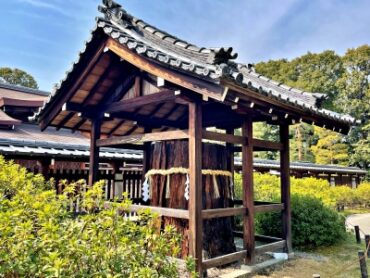
Sacred tree on the east side of the main shrine
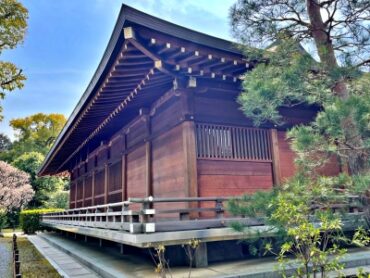
Shinden-zukuri style “Shinyosha”
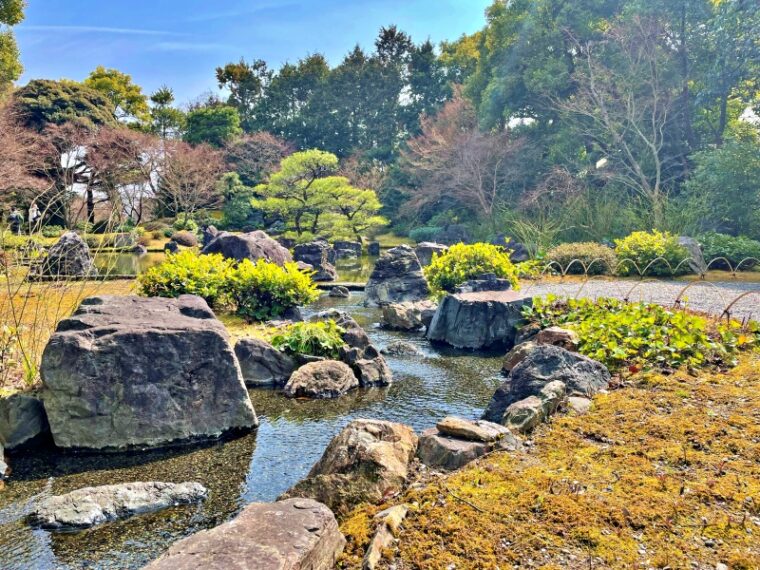

Shinen “Muromachi Garden”
It is a garden in the style of the Muromachi period “Chisenkaiyuushiki”, and in the center of the pond there is a Hourai island where pine trees that symbolize immortality and longevity grow. In addition to azaleas and satsuki, there is also a wisteria shelf planted with wisteria trees that are about 150 years old, so you can see beautiful flowers in spring.

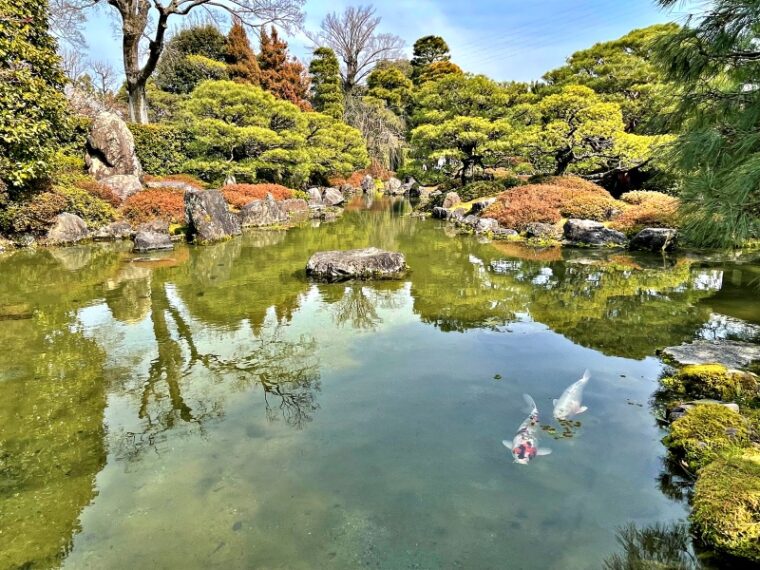
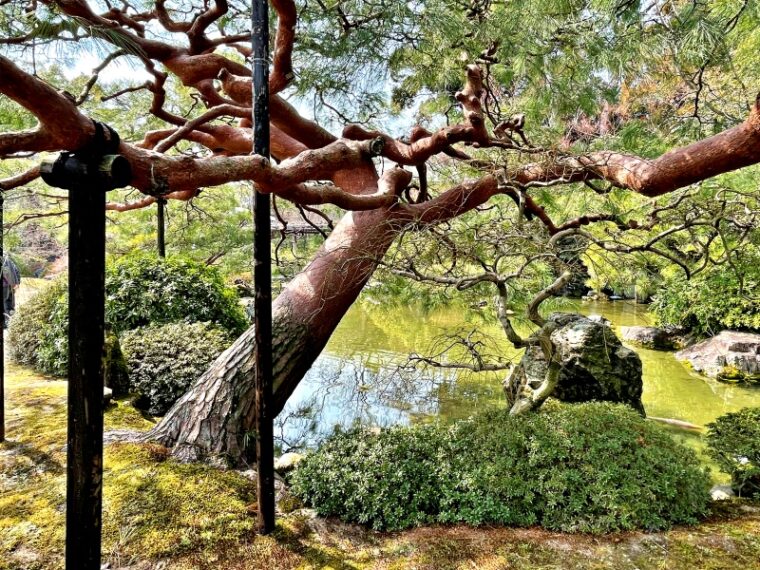
Weeping plum and camellia festival
The “weeping plum” in Seongnam Palace is worth seeing. Please take this opportunity to see it!
The “Weeping Plum and Camellia Festival” is held every year from mid-February ~ late March.
Parking is free, but it can be crowded during the event. In addition, the date and time of the event and the admission fee are subject to change, so please check the Jonangu website “Weeping Plum and Camellia Festival”.
There is a restaurant “Minetora” and duck ramen “Kamo LABO” nearby, so I don’t think you will have any trouble for lunch.
Restaurant “Minetora”
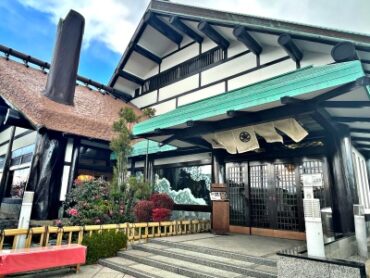
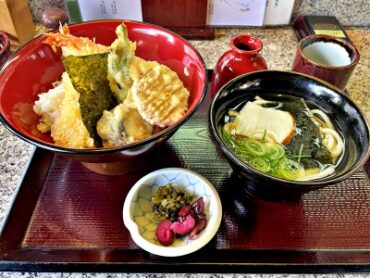
Duck ramen “Kamo LABO”
